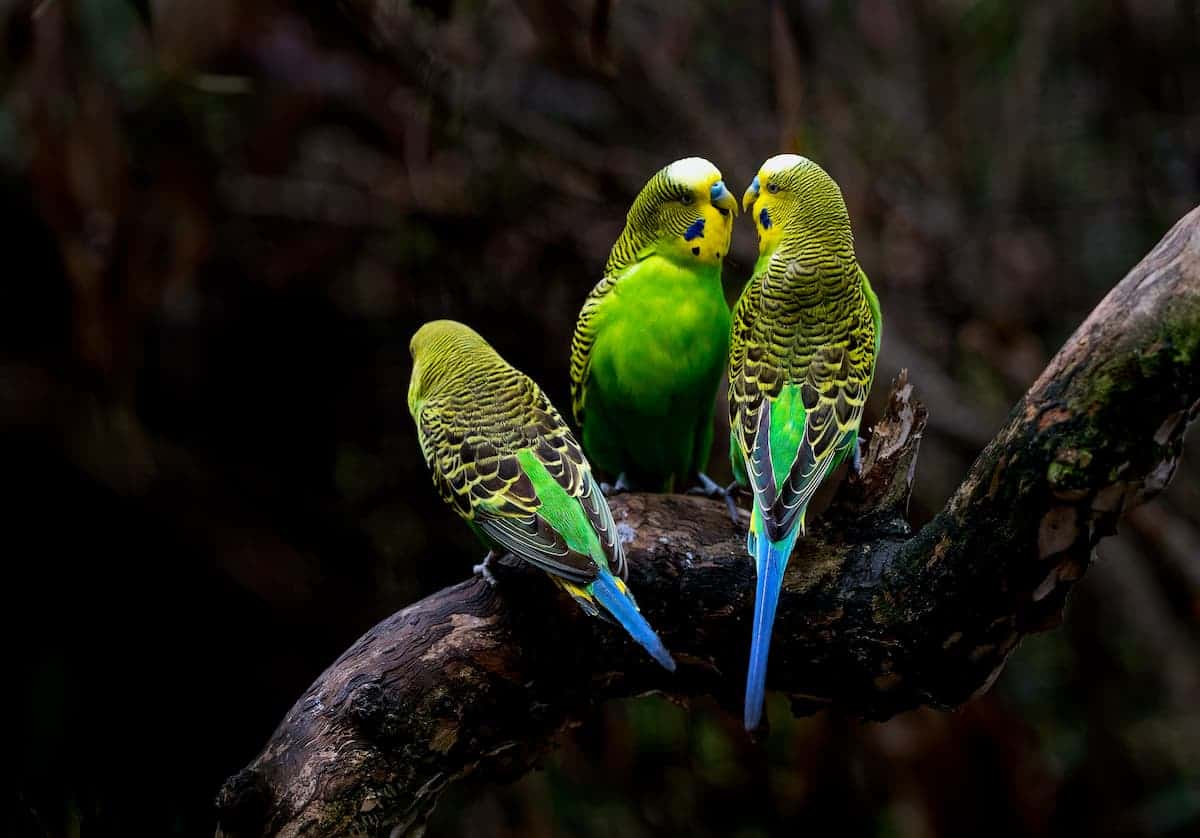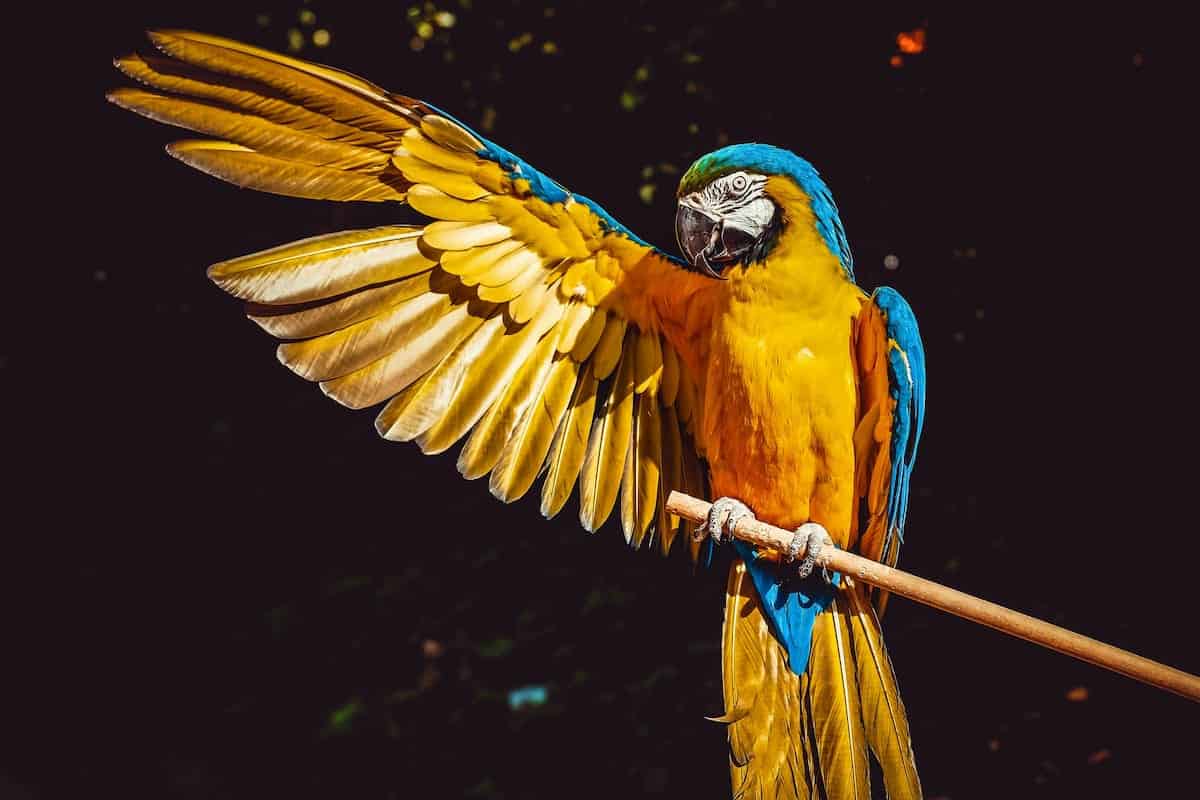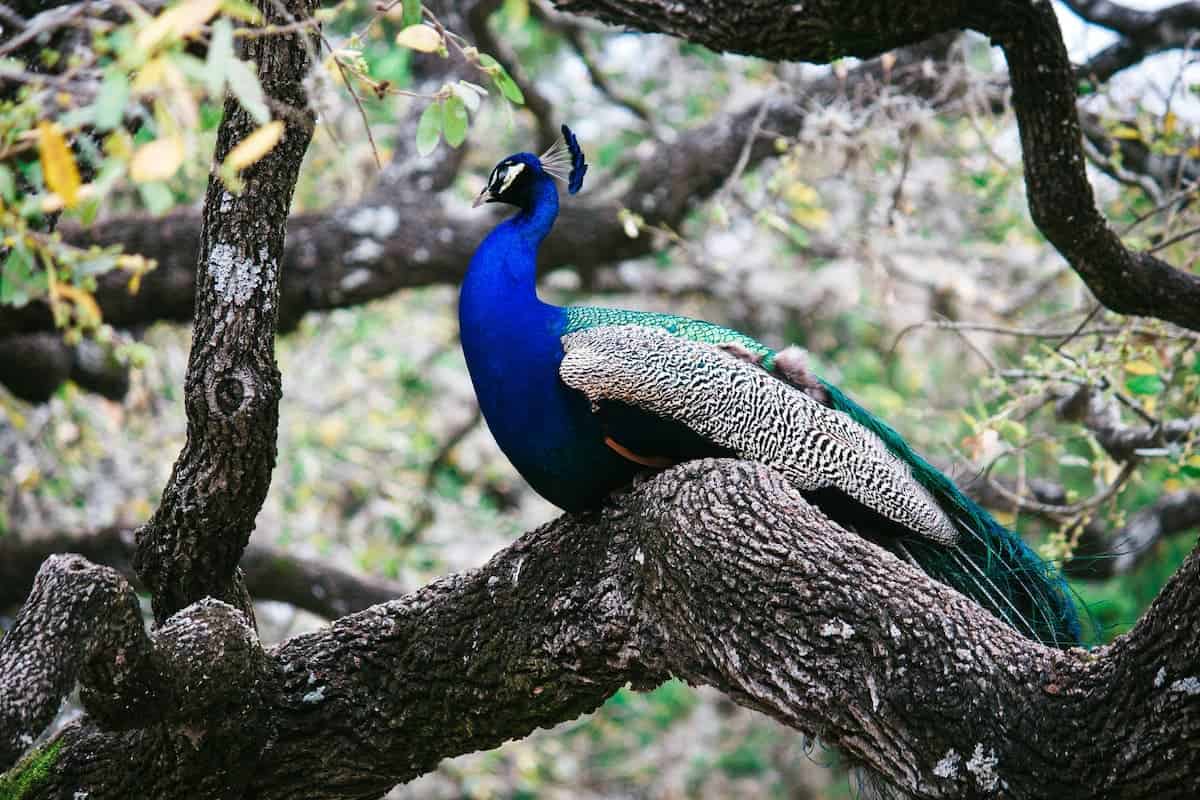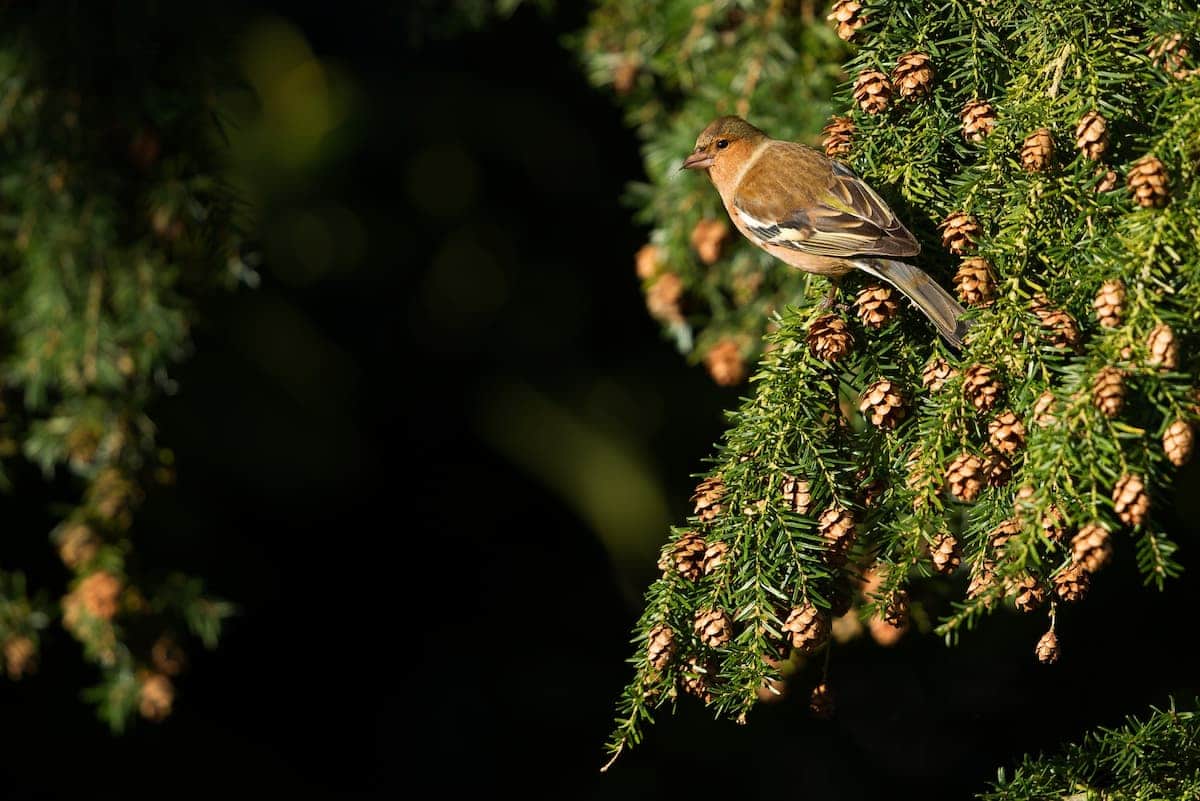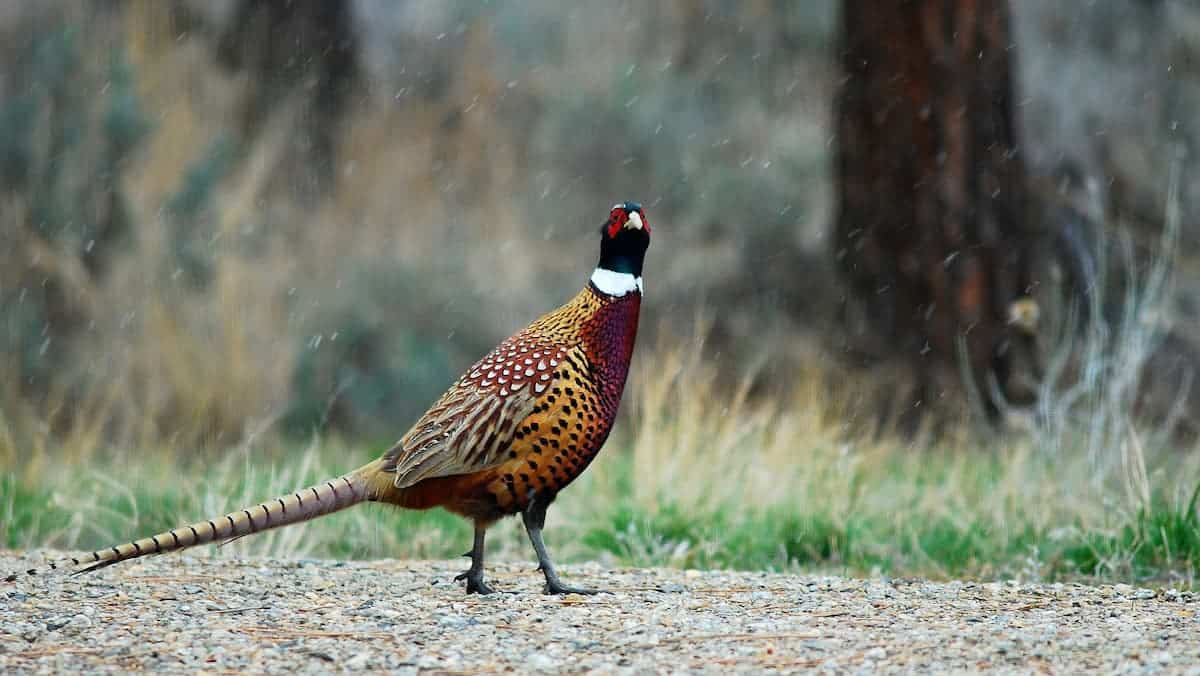Parakeets are popular pets thanks to their vibrant feathers and even bolder personalities. If you have a parakeet, you want to provide it with the best environment possible so that it can meet all of its needs, including sleep.
However, parakeets and other birds can seem strange to us humans who are more used to dealing with other mammals. You may be wondering if your parakeet sleeps just like you do, how it sleeps, and how you can help it be more comfortable.
Your little parakeet will probably be a regular sleeping fiend, even if its sleeping positions may seem uncomfortable to us humans.
What Does a Parakeet’s Sleeping Schedule Look Like?
The first step in understanding how a parakeet sleeps is understanding how its circadian rhythm functions. A circadian rhythm is the natural 24-hour sleep-wake cycle that most animals, including humans and parakeets, experience.
Like humans, parakeets are diurnal. This means that they are active during the day and sleep at night (the opposite of nocturnal). When you go to bed, you can expect to see your parakeet settling in for the night as well.
Unlike most humans (especially busy ones), parakeets sleep for as long as 10 hours a night. This way they have plenty of energy for the next day.
Do Parakeets Take Naps?
Although parakeets mostly sleep at night, some birds do take afternoon naps. You may notice your parakeet settling in and closing its eyes during the day.
A few afternoon naps are normal. Just like humans, parakeets have days where they are extra tired and need a little more rest. However, if you notice that your bird suddenly changes from being very active to napping all the time, it may be a sign of health problems. Call a veterinarian just in case.
A Parakeet’s Favorite Sleeping Positions
Parakeets sleep in ways that are very different from what we humans may consider a restful sleeping position. However, for these birds, this is the best way to sleep.
On One Leg
The most common way for parakeets to sleep is on their perch, standing on one leg. Many birds sleep standing up because it is more comfortable for them. However, you don’t have to worry about your parakeet falling off of its perch during a particularly vivid dream. Their toes are very strong and they have a very good grip on their perch.
Parakeets like to get as high as possible when they sleep, so your bird will probably choose a perch that is higher up in its cage.
A parakeet’s foot is so strong that it only needs one to balance properly on a perch. It’s common to see a sleeping parakeet tuck one leg under its feathers. It is not doing this just to show off its superior gripping skills. A parakeet’s leg is the only part of the body without feathers, so it can get cold! Tucking the foot under its feathers helps the parakeet preserve body heat.
Head Tucked Under the Wing
When parakeets sleep, you will often see their heads tucked under their wings.
There are a few reasons why parakeets sleep this way. The first is conserving energy. Parakeets spend most of their day with their head upright and facing forward. Sleeping is one of the only times when they can put their head down and really relax.
Tucking their head under their wing is another way that parakeets conserve heat while they sleep, just like standing on one leg. Their wings help keep body heat from escaping and stops light and noise from waking up the birds.
Eyes Closed
Most of the time, parakeets sleep with their eyes closed. Just like humans, closing their eyes when they sleep helps them block out light and truly rest.
Parakeets sometimes close their eyes when they are very happy or relaxed, but still awake. It could just be a sign that your bird is in a cozy mood.
How Do Groups of Parakeets Sleep?
If you have multiple parakeets, you may be wondering how they sleep. Do they keep each other awake with squawking? Does every bird need its own perch?
When a parakeet has a partner or multiple friends, it likes to cuddle up next to the other bird/birds when it sleeps. In the wild, these birds sleep together so that the flock can protect itself from predators. Even in captivity, parakeets like the comfort of a group.
If you have two bonded male and female parakeets, sometimes they will sleep on their nest when it is not the nesting season.
What Can Stop a Parakeet From Sleeping?
Once you understand how a parakeet sleeps, you may be wondering if there is anything that can keep a parakeet awake, just like humans can suffer from insomnia.
There are a few environmental factors that can make it harder for parakeets to maintain their sleeping schedule.
Light
Parakeets rely on the sun to regulate their sleep schedule. When it is dark, they know it is time to go to sleep. However, if your home is full of artificial light, then your parakeet may not be able to fall asleep or even realize that it is time to sleep.
If you live in an area with lots of light pollution, get a cage cover for your parakeet to help it regulate its sleep.
Extreme Temperatures
Parakeets are very sensitive to extreme temperatures, particularly the cold. The measures these birds take to stay warm in their sleep, such as standing on one foot, shows this. If a room is too cool, your parakeet may not be able to fall asleep and may even become ill.
Try to keep your parakeet’s room between 70 and 80 degrees Fahrenheit.
Conclusion
Even in captivity, parakeets like to sleep like they do in the wild. Instead of comfy beds, they prefer perching on a branch on one leg, with their head tucked under their wings. When you go to bed, say goodnight to your parakeet as well because it sleeps at night just like humans do!
